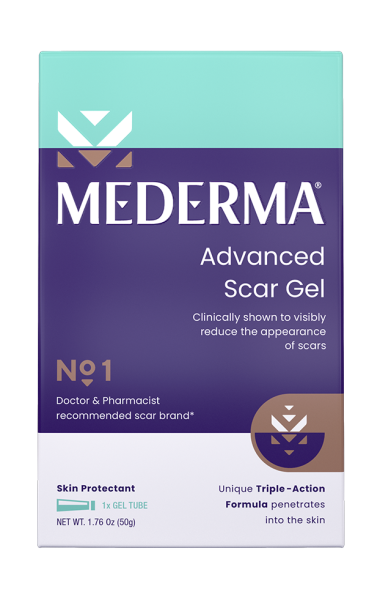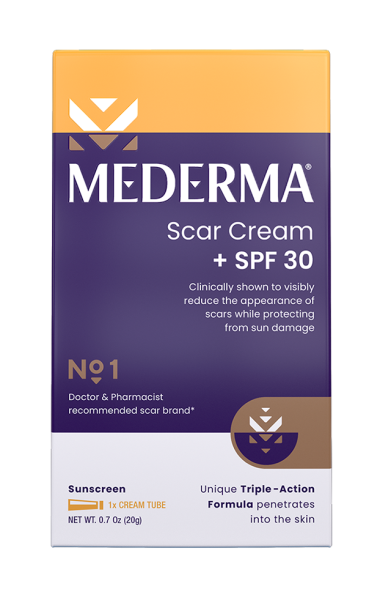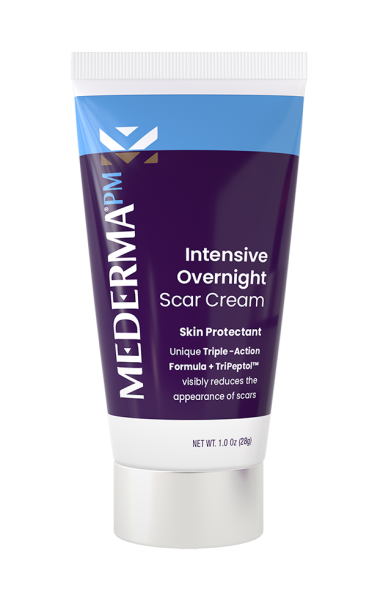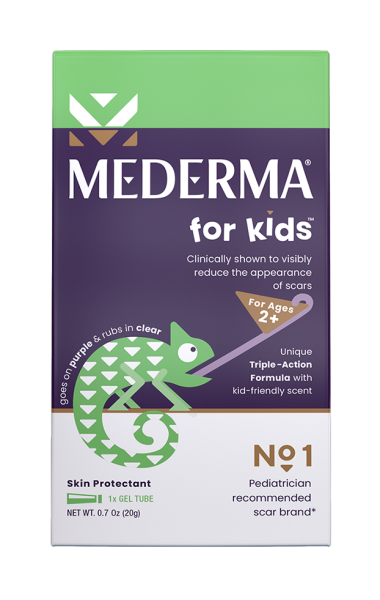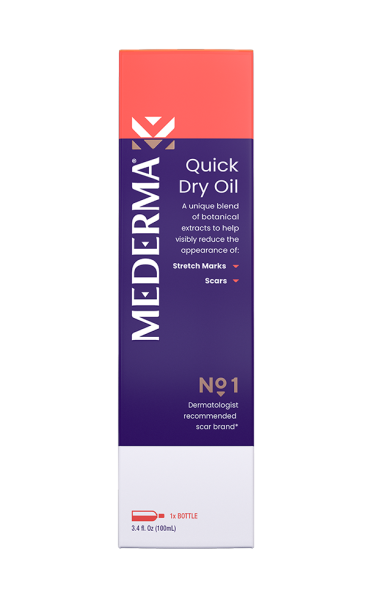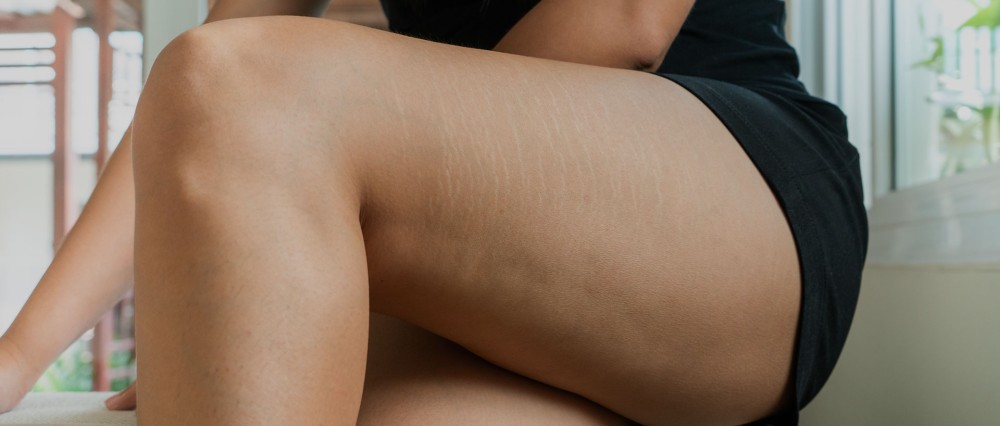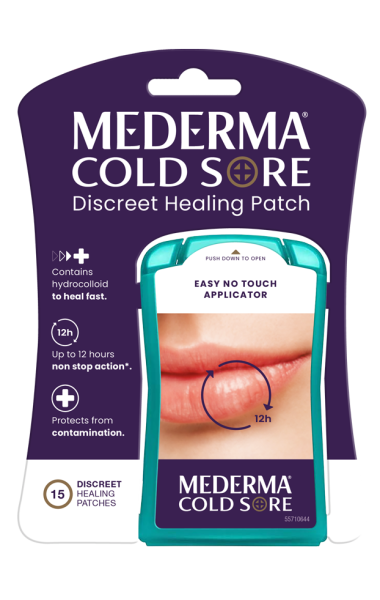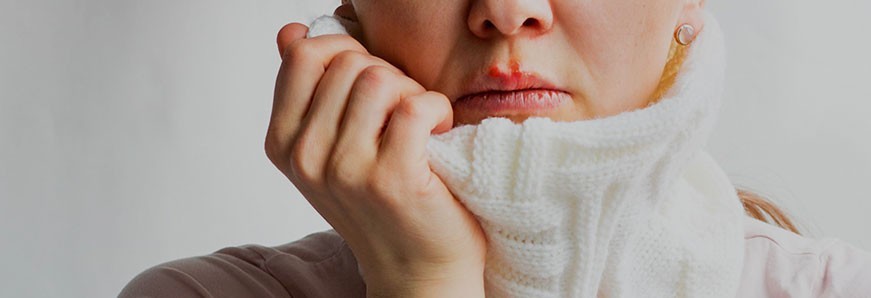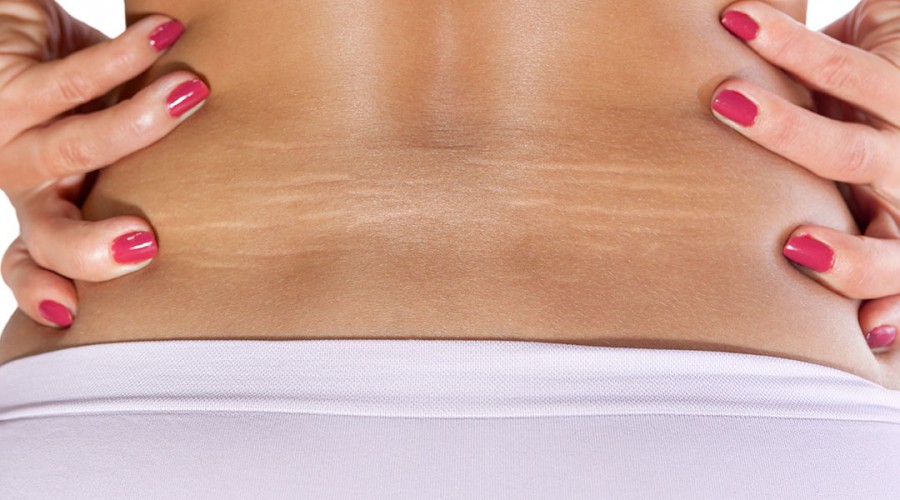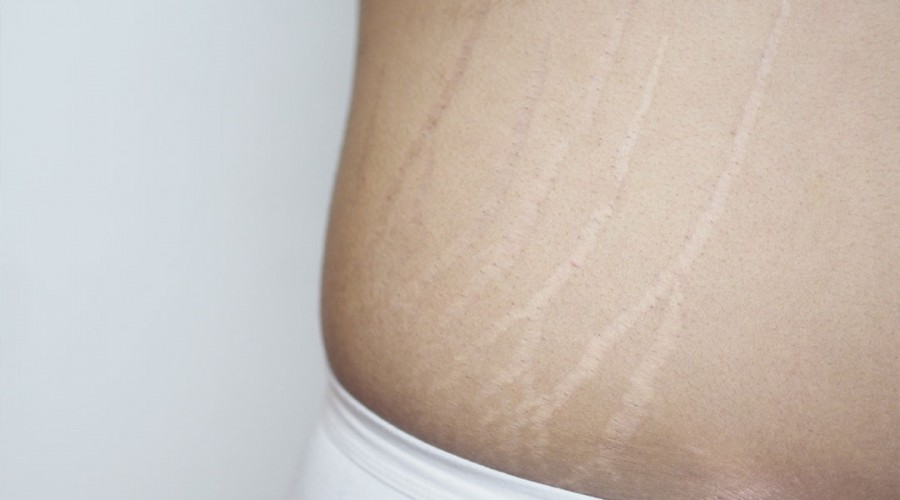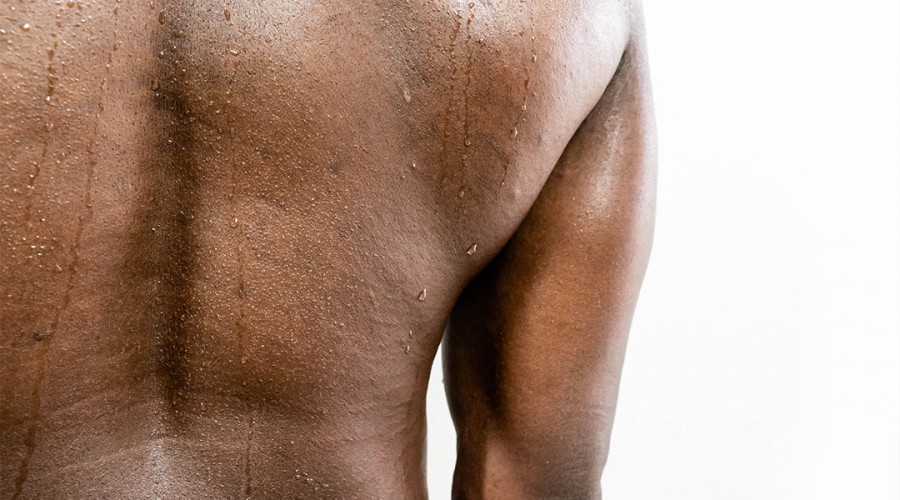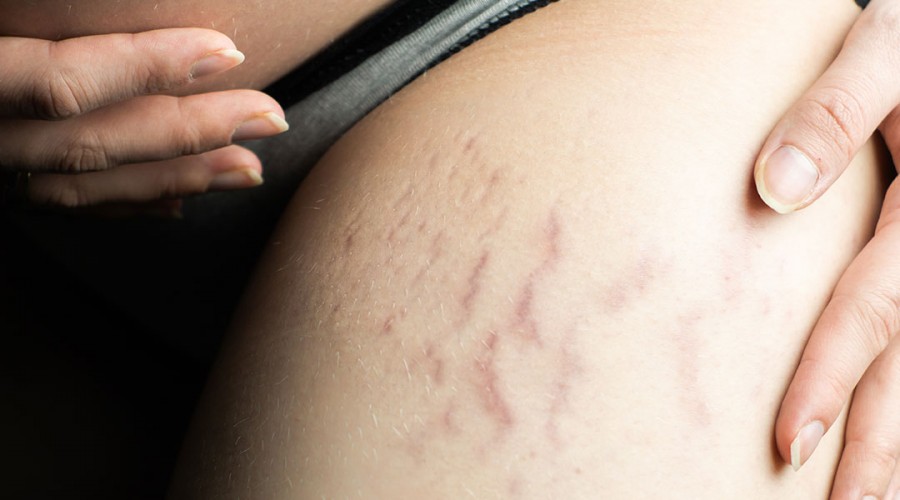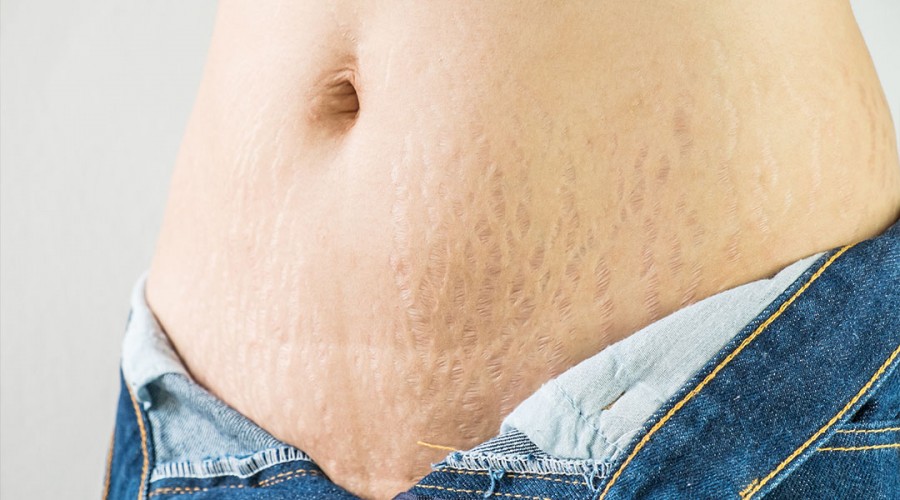How can I treat stretch marks?
If you ask yourself if your stretch marks might ever go away, unfortunately the answer is no. Stretch marks do not usually completely disappear, and there is no treatment that will completely remove them. But don’t give up just yet! They do usually fade with time, especially when properly treated. And the earlier you start, the better the result!
The best treatment for stretchmarks is prevention. Skin that is well hydrated and supple has more elasticity and can respond better to stresses which could cause stretch marks. But don’t lose hope if it’s too late for prevention: there are several medical, cosmetic, and natural treatment options that can help reduce the appearance of stretch marks and the best treatment depends on the age of the stretch marks.[6]
Using Mederma to treat stretch marks
The Mederma® portfolio contains one over-the-counter option for stretch mark treatment and one cosmetic oil for stretch mark appearance. Mederma® stretch marks treatments contain a unique triple action formula combining onion extract (Cepalin®), hyaluronic acid and centella asiatica extract.[5] It penetrates beneath the surface of the skin to support collagen production and cell renewal.
It has been proven to increase the moisture content of your skin, thereby improving its softness and texture as well as the appearance of stretch marks.[5,7]
And a survey conducted in 2011 confirmed that 76% of women who used the cream for 12 weeks saw a reduction in their stretch marks.* By blending Cepalin® with complex oils, botanicals, and other ingredients, Mederma® treatments help improve appearance of various blemishes such as scars, stretch marks, uneven skin tone, or dry skin.
